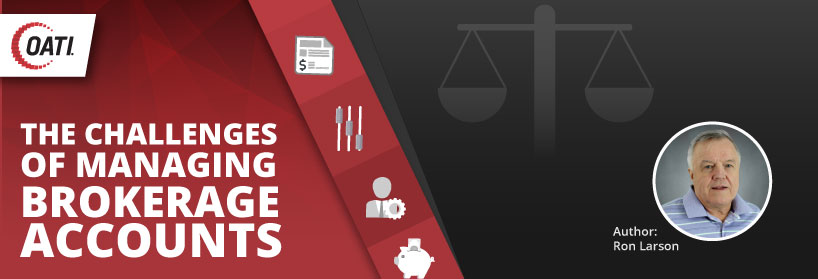Home » Blog » Trading & Risk Management » The Challenges of Managing Brokerage Accounts
The Challenges of Managing Brokerage Accounts
Several factors must be considered in commodity trading, such as determining Profit and Loss (P&L), reconciling investments, and accounting for risk. To assist in managing investments, traders use brokerage accounts, though these sorts of accounts produce management challenges of their own.
So, what exactly must traders face when evaluating the trading market, and is it possible to overcome these problems?
Types of Brokerage Accounts
Before delving into the specific issues, it is important to know how to differentiate the three types of brokerage accounts. If you open a cash account, you must pay for your total investment within the trade settlement date, a few days after a trade is completed. You own the purchased securities — stocks, bonds, etc. — and are responsible for possessing sufficient funds to cover these costs. Alternatively, you can borrow funds from a broker in a margin account, though interest rates will apply. Your third option is to open a discretionary account and, as the name suggests, grant a broker the ability to buy and sell your securities at their discretion.
What This Means for Trading Shops
Utilities and speculative trading shops dealing in energy commodities will mostly trade futures and options contracts using a margin account. A trading shop usually has one brokerage account used by all traders working financial deals. If multiple traders are trading around the same commodity position — the owned or borrowed investment amount — the brokerage account will offset and close positions. This occurs based on the managing processes of last-in, first-out (LIFO) or first-in, first out (FIFO), regardless of which trader made the trade.
Any system used by a trading shop must be able to reconcile and compare open and closed positions by trader and trading book structure. For the mid-office and back-office teams responsible for market evaluation of account trades and reconciliations, this creates the following management challenges:
- Indicating the P&L contributed by trader, commodity, and trading book
- Determining the total position in the brokerage account by trader, commodity, and trading book
- Reconciling the brokerage statement and providing detailed differences betweeen trading shop records and the brokerage account statement
- Producing a listing of all unmatched positions for reconciliation of the trades
- Monitoring and controlling exposure
- Concluding the corrective action to mitigate trades causing significant changes to Mark-to Market and Value at Risk (VaR)
Solving Complex Challenges
To meet these challenges, trading shops need a software solution that offers clear transparency into trading activities. If you seek software that provides real-time valuation and updated P&L of all positions by trading book, look at OATI’s Commodity Trading & Risk Management (CTRM) solution. With an infrastructure to control every aspect of commodity trading, our CTRM solution supports forward trading and streamlines business management.
Interested in learning how OATI can help your organization stay in control? Please contact sales@oati.net.
About the Author:
Mr. Ron Larson, Vice President of Account Sustainment at OATI, has over 40 years of experience in the utility industry, as well as a broad background and wide-range of experience in strategic and financial planning, business development, corporate growth management, operations management, enterprise risk management, market operations, energy trading, and broad of director Executive Officer of an asset management and energy trading organization.
- October 25, 2018
